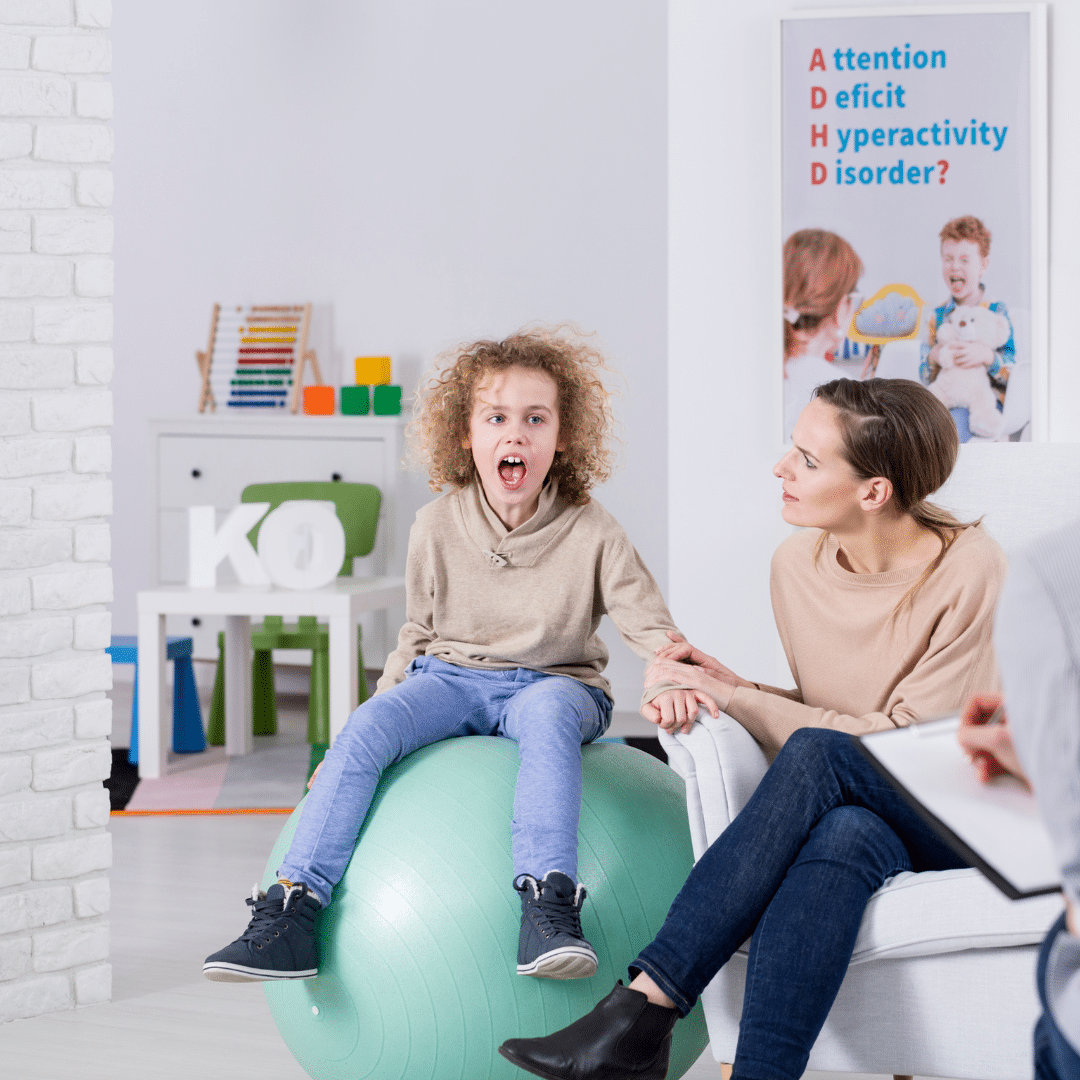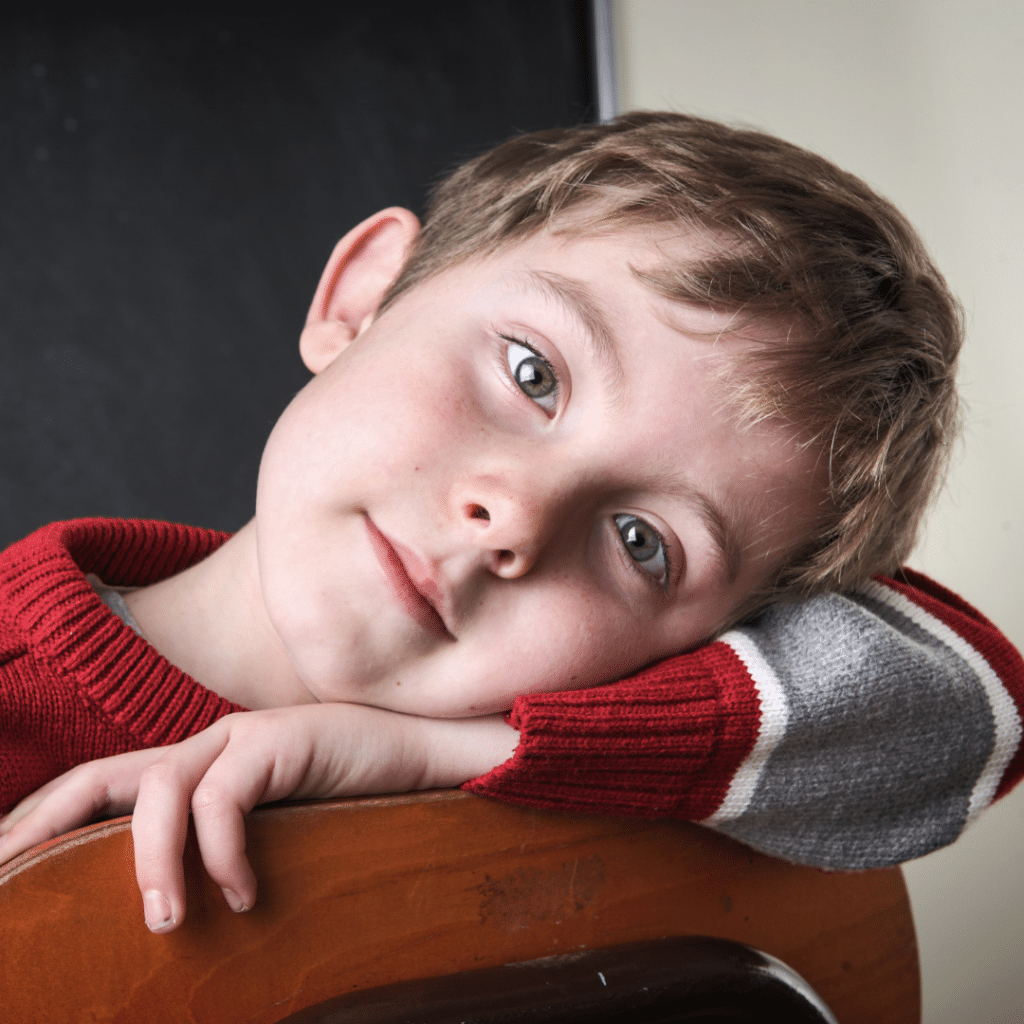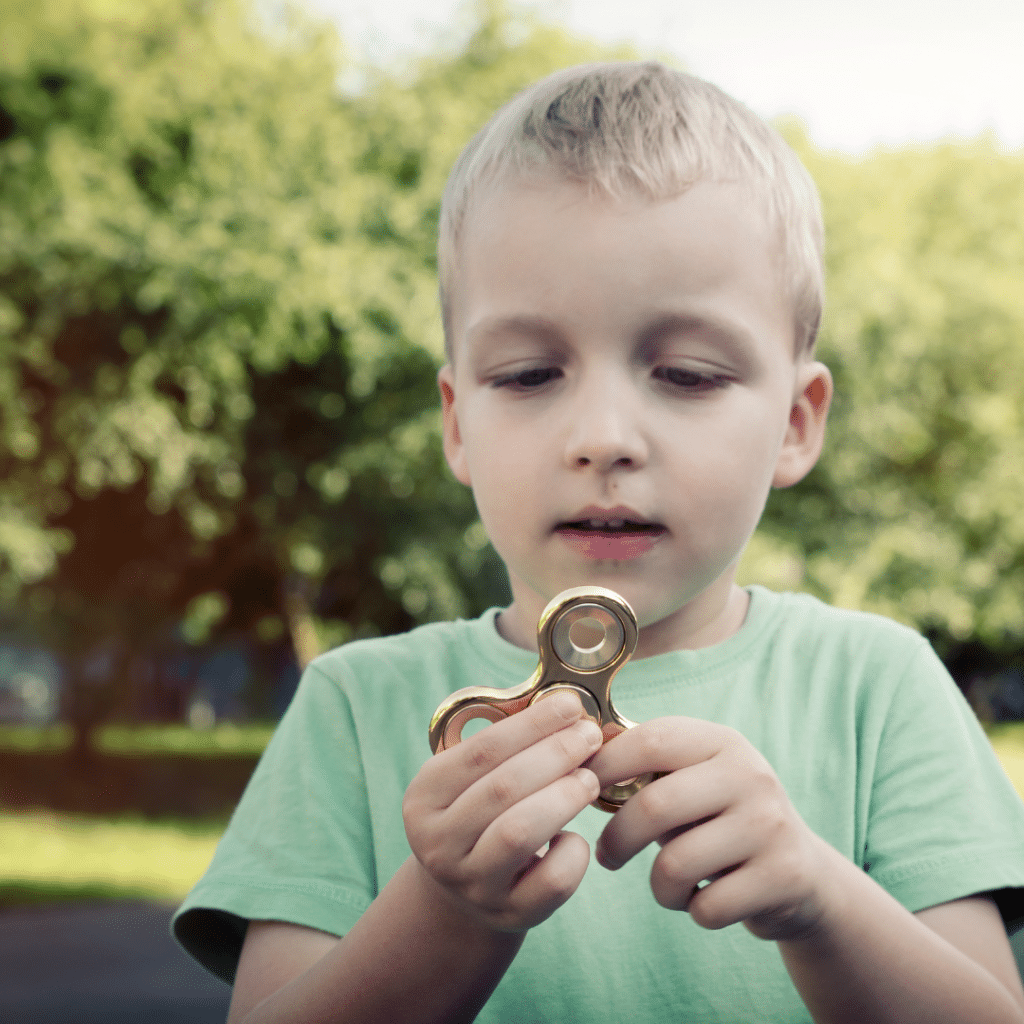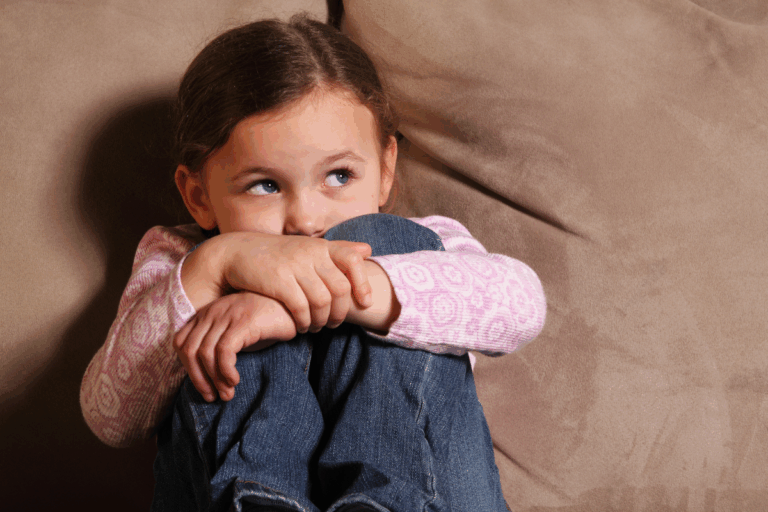Understanding ADHD in Children: Symptoms, Impulsivity, and Support Strategies
Meredith Rappaport, PA-C, CAQ-Psy, LCSW

Attention Deficit Hyperactivity Disorder (ADHD) has become a common and complex condition affecting children across the United States. It’s characterized by a pattern of inattention, hyperactivity, and impulsivity that impacts daily functioning and development. Recognizing and addressing ADHD and its symptoms, including impulsivity in children, is crucial for parents, educators, and healthcare providers to meet all their developmental milestones. Early identification can help prevent comorbid mental health conditions, substance use disorders, academic challenges, and frequent job changes in adulthood.
The History of ADHD vs ADD
Historically, what is now universally recognized as ADHD was once divided into ADHD and ADD (Attention Deficit Disorder), with the latter focusing on inattention without significant hyperactive or impulsive behaviors. Today, we use the term ADHD with specific specifiers such as “Primarily Inattentive,” “Primarily Hyperactive-Impulsive,” or “Combined Presentation” to capture the full range of symptoms more accurately. This evolution in terminology reflects a deeper understanding of the condition and helps in tailoring more effective treatment and support strategies.

Identifying ADHD in Children

ADHD is one of the most common neurodevelopmental disorders of childhood, often continuing through adolescence into adulthood. ADHD in children manifests through various behaviors and symptoms, which can significantly impact their academic achievements, social interactions, and family life. Impulsivity in children, a hallmark sign of ADHD, involves actions without thought of the consequences, which can appear as interrupting, making inappropriate comments, or acting without consideration for rules or safety. Understanding these behaviors as symptoms rather than willful disobedience is the first step in supporting children with ADHD.
Understanding Childhood ADHD Symptoms
Symptoms typically divide into two categories: inattention and hyperactivity-impulsivity. Children might have trouble paying attention, following through on tasks, or sitting still. It’s crucial to recognize that these behaviors are not occasional but persistent and significantly impair the child’s social, academic, or occupational activities. The Centers for Disease Control and Prevention (CDC) and the National Institute of Mental Health (NIMH) provide comprehensive insights into these behaviors, noting the prevalence and treatment strategies in the U.S. For example, about 3 in 4 U.S. children with current ADHD receive treatment, indicating the significant impact and recognition of the condition across the country.

Approaches to Diagnosis and Treatment
Diagnosing ADHD involves a thorough evaluation by a healthcare professional, including a medical exam, interviews, and behavior rating scales. The median age of onset for ADHD symptoms is around 6 years, with more severe cases often identified earlier. Early identification and intervention are key to managing ADHD effectively.
Treatment for ADHD in children often includes medication, behavioral therapy, school-based programs, social skills training, parent coaching, or a combination of these among other treatments, tailored to each child’s specific needs. Behavioral treatments focus on modifying the child’s environment to improve behavior, whereas medications aim to balance brain chemistry to reduce symptoms.
How to Help a Child with ADHD
Supporting a child with ADHD involves a multifaceted approach that includes:
- Creating Structure: Establish a consistent, clear routine to help children with ADHD know what to expect.
- Positive Reinforcement: Praise and reward desired behaviors to encourage their repetition.
- Clear and Simple Instructions: Break tasks into manageable parts and communicate them clearly to avoid overwhelming the child.
- Modifying the Learning Environment: Reduce distractions and provide tools that assist in focusing and organization.
- Encouraging Physical Activity: Regular exercise can help manage symptoms by increasing the brain’s dopamine levels, which plays a key role in attention and behavior.
- Seeking Professional Support: Engage with educators and healthcare providers to develop and implement an effective support and treatment plan.
Understanding and managing ADHD in children requires patience, education, and collaboration among parents, educators, and healthcare providers. By recognizing the signs of ADHD, including impulsivity and other key symptoms, and implementing targeted support strategies, we can help children with ADHD navigate their challenges and succeed in various aspects of their lives.
Responsibly edited by AI
Other Blog Posts in
Animo Sano Psychiatry is open for patients in North Carolina, Georgia and Tennessee. If you’d like to schedule an appointment, please contact us.
Get Access to Behavioral Health Care
Let’s take your first step towards. Press the button to get started. We’ll be back to you as soon as possible.ecovery, together.




